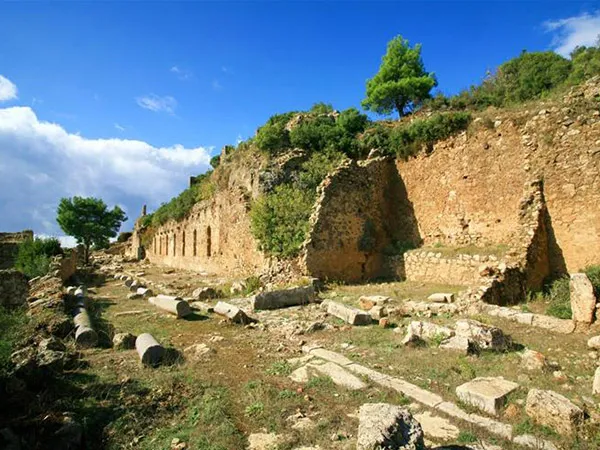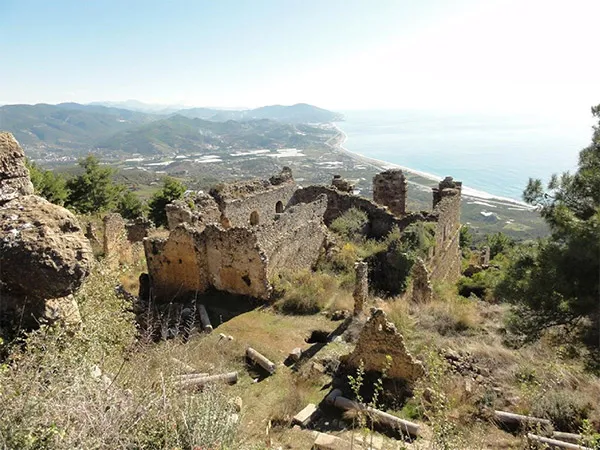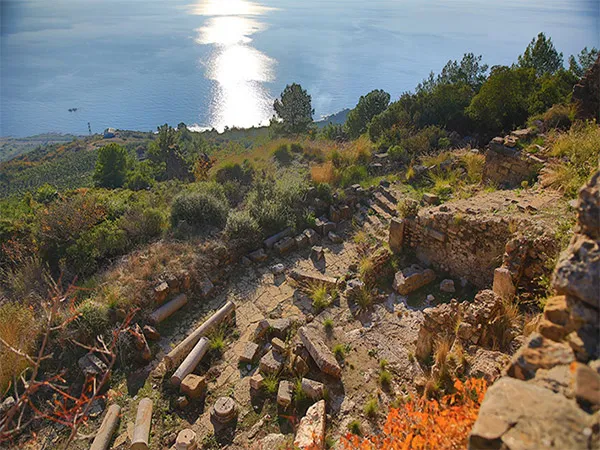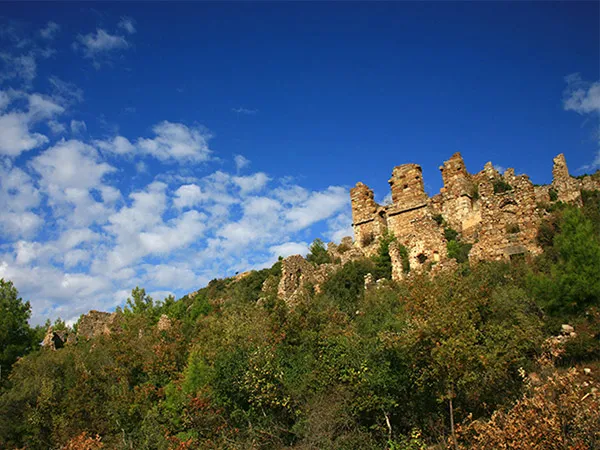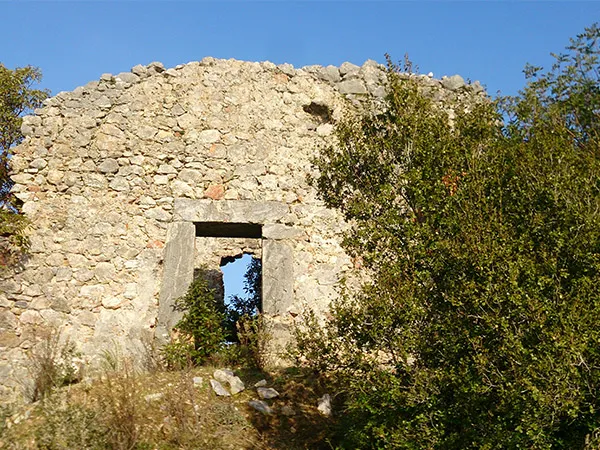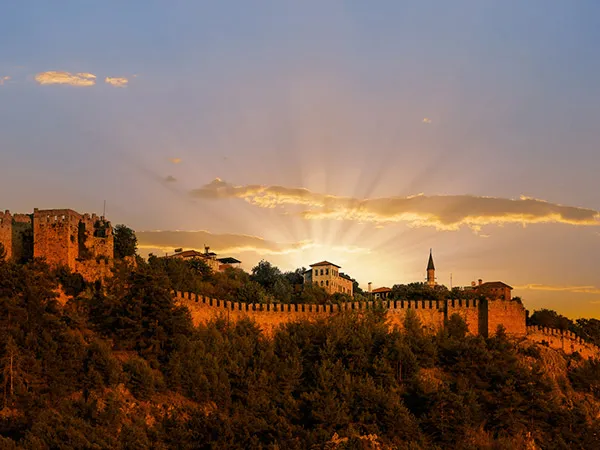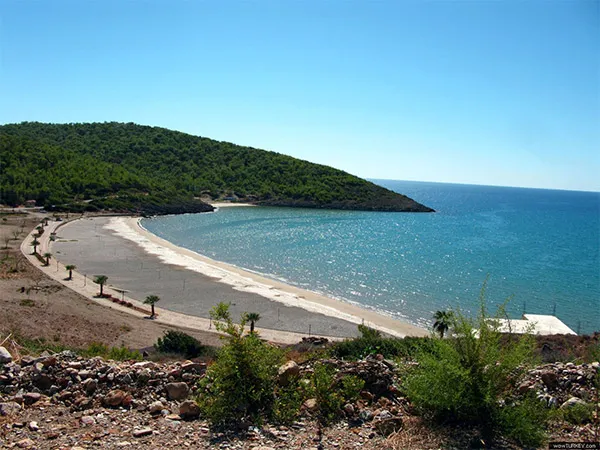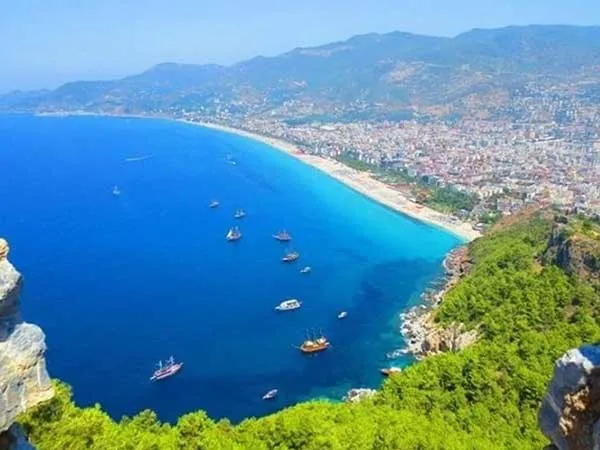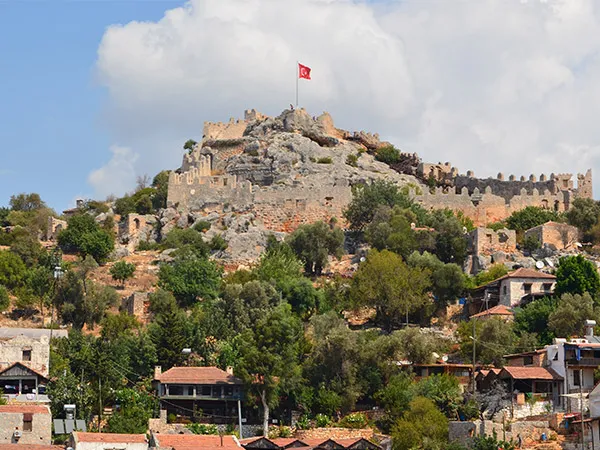Where is Syedra Ancient City?
Syedra Ancient City is located in the Mediterranean region of Turkey, in the Alanya district of Antalya province. The city is situated approximately 20 kilometers east of Alanya, near the village of Seki.
How to Get to Syedra Ancient City?
The most suitable way to reach Syedra Ancient City is by road. From Alanya center, head east along the Gazipaşa road, then turn towards Seki village and follow the signs for Syedra. You can reach the ancient city by private car or organized tours.
History and Importance of Syedra Ancient City
Syedra was founded during the Hellenistic period and became an important settlement during the Roman Empire. Throughout history, the city maintained its significance as a strategic trade and defense center. The ruins of the ancient city include temples, baths, cisterns, agoras, and a theater.
What Can You Do at Syedra Ancient City?
There are many activities you can do at Syedra Ancient City. You can explore the historical ruins of the ancient city, especially the Roman period structures and temples. Additionally, you can take nature walks in the area and enjoy the scenic views.
Natural and Touristic Importance of Syedra Ancient City
Syedra Ancient City fascinates visitors with its historical and natural beauty. Its historical structures and natural surroundings attract both history enthusiasts and nature lovers. Syedra is one of the most important tourist areas in Alanya with its natural beauty and historical texture.
